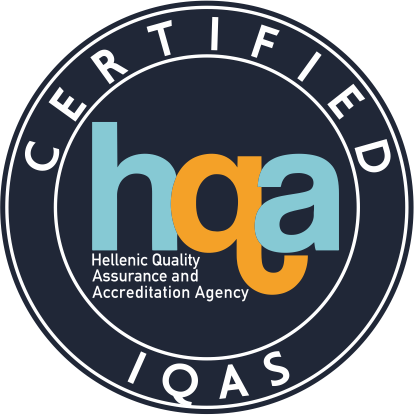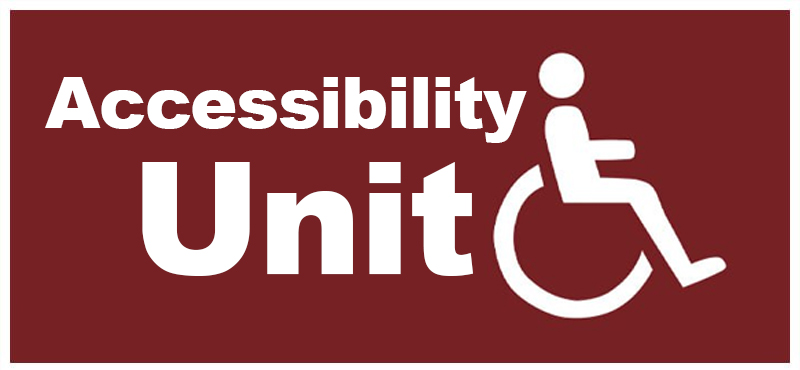SIR – Scimago Institutions Rankings

The Scimago Institutions Rankings (SIR) is a classification of academic and research-related institutions ranked by a composite indicator that combines three different sets of indicators based on research performance, innovation outputs and societal impact measured by their web visibility. The evaluation criteria by category are:
Indicators:
Indicators are divided into three groups intended to reflect scientific, economic and social characteristics of institutions. The SIR includes both, size-dependent and size-independent indicators; that is indicators influenced and not influenced by the size of the institutions. In this manner, the SIR provides overall statistics of the scientific publication and other output of institutions, while enabling comparisons between institutions of different sizes. It needs to be kept in mind that, once the final indicator has been calculated out of the combination of the different indicators (to which a different weigh has been assigned) the resulting values have been normalized on a scale of 0 to 100.
Research (50%):
- Output (0 – 8%): Total number of documents published in scholarly journals indexed in Scopus. Size-dependent indicator.
- International Collaboration (IC 2%): Institution's output produced in collaboration with foreign institutions. The values are computed by analyzing an institution's output whose affiliations include more than one country address. Size-dependent indicator.
- Normalized Impact (Leadership Output) (NI -13%): Normalized Impact is computed over the institution's leadership output using the methodology established by the Karolinska Institute in Sweden where it is named "Item oriented field normalized citation score average". The normalization of the citation values is done on an individual article level. The values (in decimal numbers) show the relationship between an institution's average scientific impact and the world average set to a score of 1, --i.e. a NI score of 0.8 means the institution is cited 20% below world average and 1.3 means the institution is cited 30% above average. Size-independent indicator.
- High Quality Publications (Q1 - 2%): the number of publications that an institution publishes in the most influential scholarly journals of the world. These are those ranked in the first quartile (25%) in their categories as ordered by ScImago Journal Rank (SJRII) indicator. Size-dependent indicator.
- Excellence (Exc – 2%): Excellence indicates the amount of an institution’s scientific output that is included in the top 10% of the most cited papers in their respective scientific fields. It is a measure of high quality output of research institutions. Size-dependent indicator.
- Scientific Leadership (L – 5%): Leadership indicates the amount of an institution’s output as main contributor, that is, the amount of papers in which the corresponding author belongs to the institution. Size-dependent indicator.
- Excellence with Leadership (EwL – 13%): Excellence with Leadership indicates the number of documents in Excellence in which the institution is the main contributor. Size-dependent indicator.
- Scientific talent pool (STP – 5%): Total number of different authors from an institution in the total publication output of that institution during a period. Size-dependent indicator.
Innovation (30%):
- Innovative Knowledge (IK – 25%): Scientific publication output from an institution cited in patents.
- Technological Impact (TI – 5%): Percentage of the scientific publication output cited in patents. This percentage is calculated considering the total output in the areas cited in patents, which are the following: Agricultural and Biological Sciences; Biochemistry, Genetics and Molecular Biology; Chemical Engineering; Chemistry; Computer Science; Earth and Planetary Sciences; Energy; Engineering; Environmental Science; Health Professions; Immunology and Microbiology; Materials Science; Mathematics; Medicine; Multidisciplinary; Neuroscience; Nursing; Pharmacology, Toxicology and Pharmaceutics; Physics and Astronomy; Social Sciences; Veterinary.
Societal impact (20%):
- Web size (WS – 5%): Number of pages associated to the institution’s URL according to Google (https://www.google.com). Size-dependent indicator.
- Domain’s inbound links (IL – 15%): Number of incoming links to an institution’s domain according to ahrefs (https://ahrefs.com). Size-dependent indicator.
For more information about SIR, click here.





